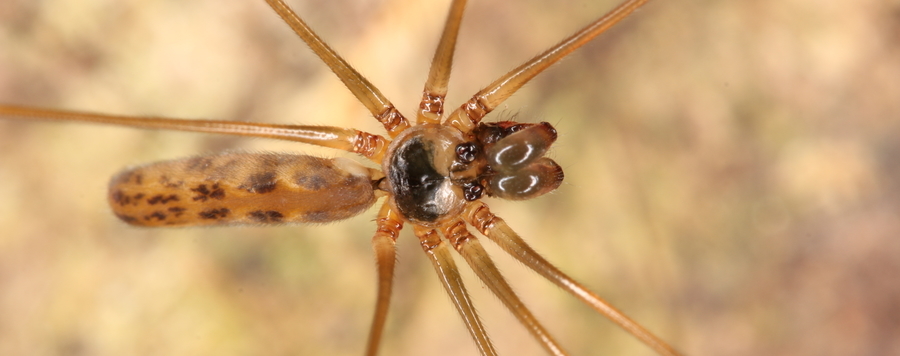
Microhabitat diversity in the genus Uthina
Representatives of the Southeast Asian pholcid spider genus Uthina Simon, 1893 have been thought to be very homogeneous in their ecology and morphology. The 14 previously known species all inhabit near-ground microhabitats and cave entrances, and range from pale to dark brown in color. Even their genitalia are partly very similar, with some species pairs being barely distinguishable based on morphological characters. Here we describe three new species from Bali, Java, and Sulawesi that represent three further microhabitats and demonstrate considerable ecological and morphological diversity within the genus: U. maya sp. nov. from Bali is a large dark species on tree trunks; U. hylobatea sp. nov. from Bali and eastern Java is a pale leaf-dwelling species that exhibits color dimorphism; and U. mimpi sp. nov. is a pale troglomorphic species collected in the aphotic zones of two South Sulawesi caves. In addition, we present new data for five previously described species, including ultrastructure, natural history, new records, taxonomic notes, and a description of the previously unknown female of Uthina khaosokensis Yao, Li & Jäger, 2014. Molecular data suggest that all previously described species are very closely related to each other (constituting the monophyletic luzonica group), and that the three new species represent separate clades within the genus. However, the basal trichotomy could not be resolved: U. maya + (U. hylobatea + U. mimpi) + luzonica group.





